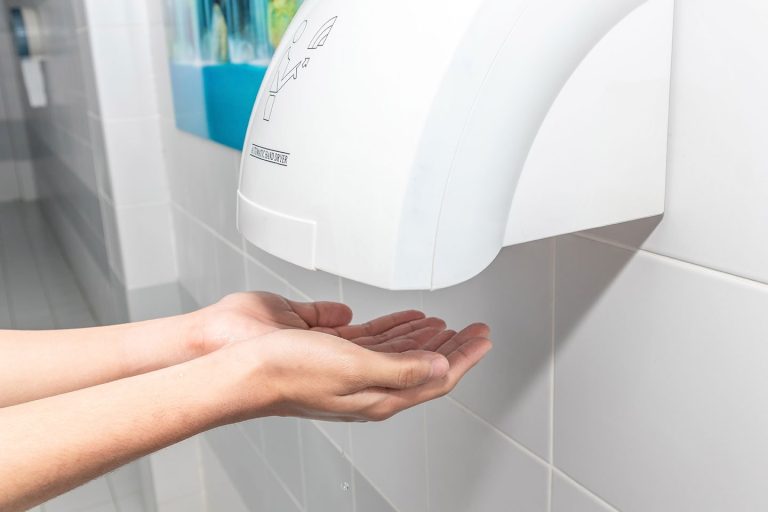
Worldwide, there are underground mines which have ancient deposits of salt, and the salt used for gritting roads during winter is obtained from these mines.
In the United Kingdom (UK), these salt mines can be found below the town of Winsford in Cheshire, and Cleveland in the County of Antrim.
When the temperature falls during winter and is close to the freezing point, the gritter trucks are sent out, unloading what appears to be grit to prevent ice formation on the road. However, these trucks are not spreading grit; they are using salt from ancient underground mines.
Worldwide the number of salt beds, also known as domes is in hundreds or thousands. The depth of the mines below the ground could vary from a hundred metres to more than a mile. A network of caverns and tunnels is formed to extract the salt from the mines.
The vehicles used for mining activities like transporting the salt are using the tunnels to travel through the mine. The salt miners use the tunnels to move into the mine to where the work of salt extraction is taking place.
These tunnels are very long, and they are also large. It is estimated that the salt mines in the UK have tunnels which are more than 140 miles in length, which is similar to the length of the motorway M5.
When the temperature drops, rock salt delivery is provided by local businesses offering winter maintenance.
Cut and Blast Mining
For mining rock salt using the cut and blast method, the first part of the process involves cutting a slot at the rock face base. This is done using an undercutter machine which includes picks made from tungsten carbide material in a jib.
The holes are drilled on the face of the rock at positions which are chosen after careful analysis. Explosives are then placed in the holes and detonated to blast the rock salt. Typically the rock salt yield is approximately 1200 tonnes.
The rock pieces produced by blasted are further crushed to pieces which are approximately football-sized and transported to the main crusher using a conveyor belt.
The rock pieces are further crushed into smaller pieces, with a sieve used to check that the rock pieces are of the right size for use in de-icing of the road. Skips are then used to hoist the crushed rock salt to the surface.
Continuous mining
Compared to the cut-blast technique, the continuous mining process produces smaller rock lumps.
The machine used for this mining method is a boring machine, which is similar to the pneumatic drill utilized for road digging. The tungsten carbide tips on the rotating head drill holes in the salt.
The lumps produced are transported to the screening and crushing machinery directly. A breaker is not required since these lumps are smaller in size.
For either mining technique, the mining engineers should ensure that the salt pillars are large and strong enough to support the roof of the mine.
The layout of the mine is similar to a Room with a pillar. The principles of rock salt mechanics are used to calculate the right size of the pillars, to ensure that the mine remains safe and stable.
To ensure that the salt pieces do not coagulate when stored, an anti-caking agent is applied to the salt.
This ensures that the salt can be stored in the local depots, and can be used immediately without any further processing whenever frosty weather is forecast.






